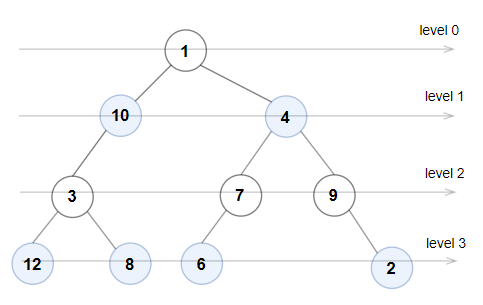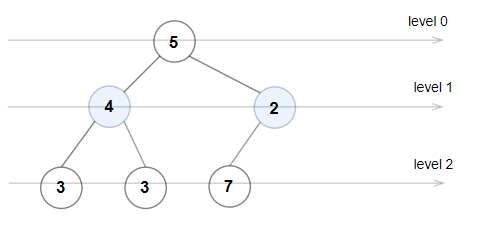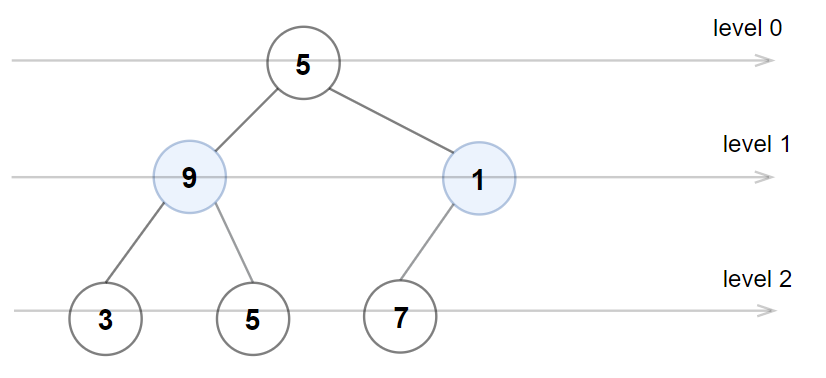You are given a sorted integer array arr containing 1 and prime numbers, where all the integers of arr are unique. You are also given an integer k.
For every i and j where 0 <= i < j < arr.length, we consider the fraction arr[i] / arr[j].
Return the kth smallest fraction considered. Return your answer as an array of integers of size 2, where answer[0] == arr[i] and answer[1] == arr[j].
Example 1:
Input: arr = [1,2,3,5], k = 3 Output: [2,5] Explanation: The fractions to be considered in sorted order are: 1/5, 1/3, 2/5, 1/2, 3/5, and 2/3. The third fraction is 2/5.
Example 2:
Input: arr = [1,7], k = 1 Output: [1,7]
Constraints:
2 <= arr.length <= 10001 <= arr[i] <= 3 * 104arr[0] == 1arr[i]is a prime number fori > 0.- All the numbers of
arrare unique and sorted in strictly increasing order. 1 <= k <= arr.length * (arr.length - 1) / 2
public class Solution {
public int[] KthSmallestPrimeFraction(int[] arr, int k) {
var dict = new SortedDictionary<double, int[]>();
for(int i = 0; i < arr.Length; i++)
{
for(int j = i+1; j < arr.Length; j++)
{
var key = (double)arr[i]/arr[j];
var value = new int[]{arr[i], arr[j]};
dict.Add(key, value);
}
}
int count = 1;
foreach(var item in dict)
{
if(count == k)
{
return item.Value;
}
count++;
}
return null;
}
}






